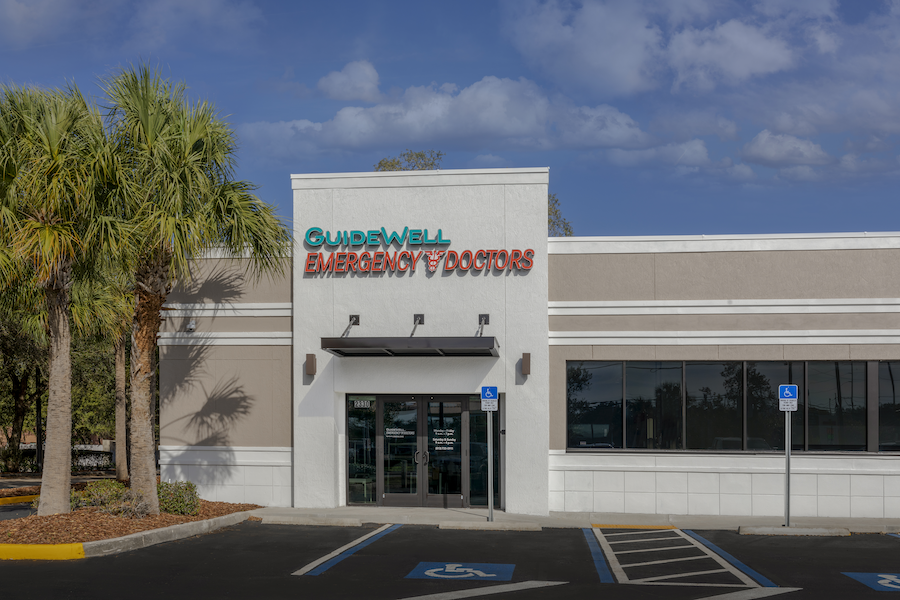The Role of Drones in Modern Vehicle Safety Testing

Vehicle safety has always been one of the most critical aspects of the automotive industry. From the earliest crash tests conducted in controlled environments to today’s advanced simulations, ensuring that cars can withstand real-world conditions has been a top priority for manufacturers. The arrival of drones has introduced a new dimension to safety testing, allowing engineers to collect data, monitor tests, and improve vehicle design in ways that were not possible before. This technology, which is already proving its worth across a range of industries, is now transforming how modern cars are tested for safety and reliability.
The Evolution of Vehicle Safety Testing
Historically, testing a car’s safety involved creating physical crashes, recording the results with cameras, and then piecing together what went wrong. This process was expensive, time-consuming, and often destructive to valuable prototypes. Engineers had to rely on fixed cameras and sensors placed in and around test facilities, which provided only limited perspectives. While crash test dummies and sophisticated sensors gave important information about the forces involved in a collision, there were always gaps in the data that had to be filled through interpretation.
Over time, computer modelling and simulation reduced the reliance on physical testing. Engineers could now model how cars would respond in certain crash scenarios without building a vehicle for every situation. Yet even with powerful computer systems, physical testing still plays a vital role in confirming the accuracy of these models. This is where drones have started to make a significant difference, providing new opportunities to improve the way tests are conducted and analysed.
Offering New Perspectives in Crash Testing
One of the main benefits drones bring to vehicle safety testing is their ability to capture footage from unique angles. Traditional crash test facilities rely on cameras mounted at fixed positions around the test area, limiting what can be seen once the crash takes place. Drones can hover above the impact site, move alongside the vehicles in real time, or zoom in on specific points of interest.
This aerial perspective allows engineers to study the exact sequence of events as they unfold. How a car body crumples, how airbags deploy, and how parts of the vehicle move under stress can all be observed in greater detail. By having a drone capture slow-motion footage from multiple angles, manufacturers are able to analyse crashes with far more precision. These insights help identify weaknesses in design and lead to improvements that enhance passenger safety.
Enhancing Data Collection and Analysis
Drones are not limited to visual footage alone. Equipped with advanced sensors, they can measure factors such as heat, vibration, or air pressure around a crash test. This additional data complements the information gathered from sensors within the vehicle and crash test dummies. By combining these data sets, engineers can form a more complete picture of how a car responds under different conditions.
For instance, drones can measure the dispersal of debris during a high-speed collision. Understanding how fragments move through the air is vital for assessing the risks faced by pedestrians or other vehicles in the event of a crash. Similarly, thermal sensors on drones can monitor heat levels around batteries in electric cars, ensuring that they do not pose fire risks during or after an accident. This is particularly relevant as electric vehicles become more common on UK roads, bringing new challenges to safety testing.
Supporting Autonomous Vehicle Development
The rise of autonomous vehicles has added a new layer of complexity to safety testing. These cars are designed to respond to road conditions, obstacles, and other vehicles without direct human control. Testing how they react in emergency situations requires dynamic environments where unexpected events can be introduced. Drones are increasingly being used to simulate these scenarios.
By acting as moving obstacles or monitoring vehicle responses from above, drones give researchers the flexibility to test self-driving systems in ways that mimic real-life unpredictability. For example, a drone could simulate the sudden appearance of an object on the road, allowing engineers to study how quickly the autonomous vehicle detects and responds. This type of testing is critical to building public confidence in driverless technology and ensuring that it meets rigorous safety standards before widespread adoption.
Improving Efficiency in Test Facilities
Efficiency is another major benefit that drones bring to modern safety testing. Setting up multiple static cameras for a crash test requires significant time and preparation. Drones reduce the need for this by providing flexible coverage of the event. A single drone can capture angles that might otherwise require several expensive high-speed cameras to achieve.
This flexibility saves both time and money, allowing manufacturers to conduct more tests in shorter periods. As the automotive industry works to meet increasingly strict safety standards and respond to new regulations, the ability to streamline testing without sacrificing accuracy is invaluable. For smaller car manufacturers or independent testing facilities, the reduced costs associated with drone use make advanced testing more accessible.
Monitoring Tests Beyond the Crash
Vehicle safety testing extends beyond crashes. It also involves studying how cars perform under a range of conditions, from extreme weather to high-speed manoeuvres. Drones are particularly well suited to these types of tests, as they can follow vehicles in motion and record how they behave.
For example, when cars are tested on wet tracks to evaluate braking performance, drones can capture the spread of water, the movement of tyres, and the overall stability of the vehicle. In handling tests, drones provide overhead footage that highlights how well a car maintains control through sharp turns or sudden evasive movements. By reviewing this footage, engineers gain insights into the effectiveness of safety features such as anti-lock braking systems or electronic stability control.
Environmental testing is another area where drones are making an impact. Cars must be able to perform reliably in both hot and cold conditions, as well as on rough terrain. Drones can monitor vehicles in remote or challenging environments, where it might be difficult to set up traditional camera equipment. This provides valuable data on how vehicles respond to real-world conditions that drivers may encounter on UK roads or abroad.
Strengthening Collaboration Between Teams
Modern vehicle development often involves collaboration between teams based in different locations. Drones make it easier to share test results quickly and accurately. High-quality aerial footage and sensor data can be streamed in real time to engineers and designers located elsewhere, allowing them to observe tests as if they were present.
This capability reduces delays in communication and decision-making, speeding up the process of refining vehicle designs. For global car manufacturers, the ability to connect teams across continents during safety tests ensures that improvements can be made more efficiently. The result is faster innovation and safer vehicles reaching the market sooner.
Addressing Challenges and Regulations
While drones offer many benefits, their use in vehicle safety testing does come with challenges. Operating drones in controlled environments requires skilled pilots who can maintain safety and precision. There are also regulatory considerations, as drones must comply with Civil Aviation Authority rules in the UK. Test facilities must ensure that drones do not interfere with the vehicles being tested or pose additional risks to personnel.
Privacy and data security are further concerns. The high-resolution footage captured by drones is valuable for research but must be handled responsibly to protect sensitive information. Manufacturers and testing organisations need to establish clear protocols for how drone-collected data is stored, shared, and used.
Despite these challenges, the benefits far outweigh the limitations. With appropriate training, regulation, and oversight, drones can be integrated smoothly into safety testing programmes, providing capabilities that simply did not exist before.
Looking Ahead to the Future of Safety Testing
As drone technology continues to advance, its role in vehicle safety testing will expand further. Improvements in battery life and flight stability will allow drones to monitor longer tests or cover larger areas. Artificial intelligence will enhance their ability to track vehicles automatically, reducing the need for manual piloting.
It is also likely that drones will be paired with other technologies, such as augmented reality and machine learning, to provide even deeper insights. For instance, data collected by drones could be instantly analysed by AI systems, identifying weaknesses in vehicle design within moments of a crash test. This would significantly speed up the development process, enabling manufacturers to make improvements more quickly.
In the years ahead, drones will become an integral part of the toolkit for automotive engineers. Their unique ability to capture dynamic, detailed, and cost-effective data ensures that they will remain at the forefront of modern safety testing. For drivers in the UK and around the world, this means safer cars, better protection in accidents, and greater confidence in the vehicles we rely on every day.





